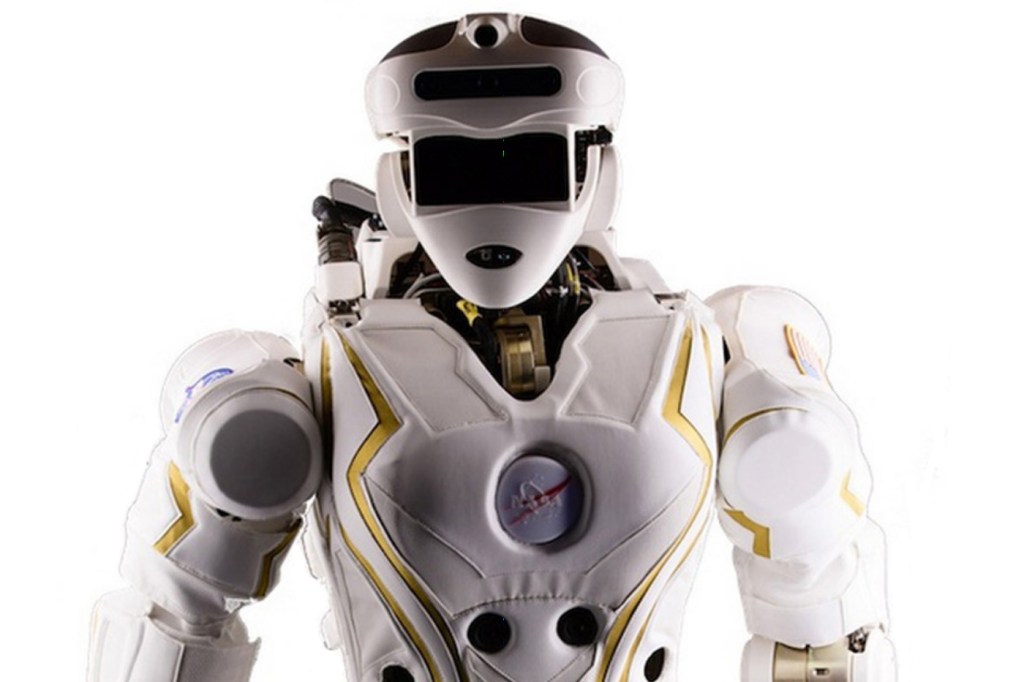NASA selects Northeastern for humanoid robot research

NASA has its sights set on sending astronauts to Mars, a space mission for which Northeastern University will now play a key role.
On Tuesday, NASA announced that Northeastern and the Massachusetts Institute of Technology will perform advanced research and development work on humanoid robot prototypes, a project that could help astronauts successfully touch down and work on the red planet. NASA envisions these robots, one day, proving themselves worthy in deep space exploration, as well.
Under the direction of principal investigator Taskin Padir, an associate professor in the Department of Electrical and Computer Engineering, the Northeastern team will work to advance the autonomy of the Humanoid Robot R5. MIT will receive and work on a separate robot.
“We were very pleased to hear that our team was selected and we are looking forward to collaborating with NASA and MIT,” Padir said, an expert in modeling and control of robotic systems.
The Northeastern team will work on the robot’s ability to complete mission-specific tasks such as exiting an airlock, using a ladder to reach Mars’ surface, repairing equipment, and collecting rock from the planet.
This is a unique opportunity for the robotics community. Hosting R5 at the NERVE Center, the largest indoor robot test facility in New England, will make this cutting-edge humanoid robot accessible to many robotics researchers.
—Taskin Padir
Padir will collaborate with Robert Platt, an assistant professor in the College of Computer and Information Science and an expert in machine learning and robot manipulation.
This opportunity is the latest example of the university’s interdisciplinary approach to use-inspired research, where multidisciplinary teams focus on solving the greatest challenges in health, security, and sustainability.
The robot is slated to arrive early next year, and will be housed at the New England Robotics Validation and Experimentation Center at the University of Massachusetts Lowell. Holly Yanco, a professor of computer science at UMass Lowell, is also part of the team.
“This is a unique opportunity for the robotics community,” Padir noted. “Hosting R5 at the NERVE Center, the largest indoor robot test facility in New England, will make this cutting-edge humanoid robot accessible to many robotics researchers. It also gives our team both at Northeastern and UMass Lowell an opportunity to advance the research on humanoids.”
According to NASA’s announcement, these robots could be sent to Mars or into other extreme space environments to perform duties before humans arrive or work alongside human crews.
Northeastern was chosen after a rigorous selection process, which included participating in the Defense Advanced Research Projects Agency Robotics Challenge.
The team will receive up to $250,000 a year for two years and have access to onsite and virtual technical support from NASA.
As principal investigator, Padir will serve as a critical partner in NASA’s upcoming Space Robotics Challenge, where the R5 robots will compete in a physical competition.





